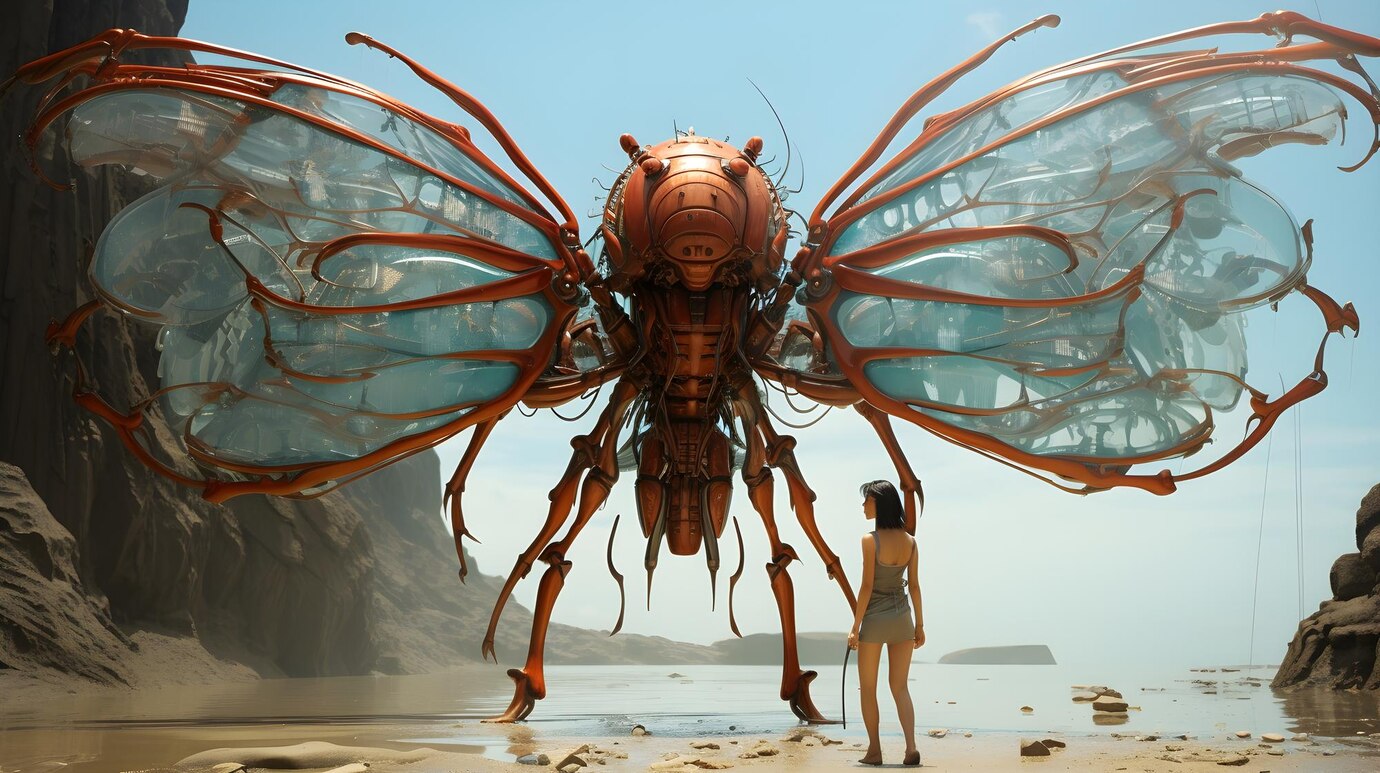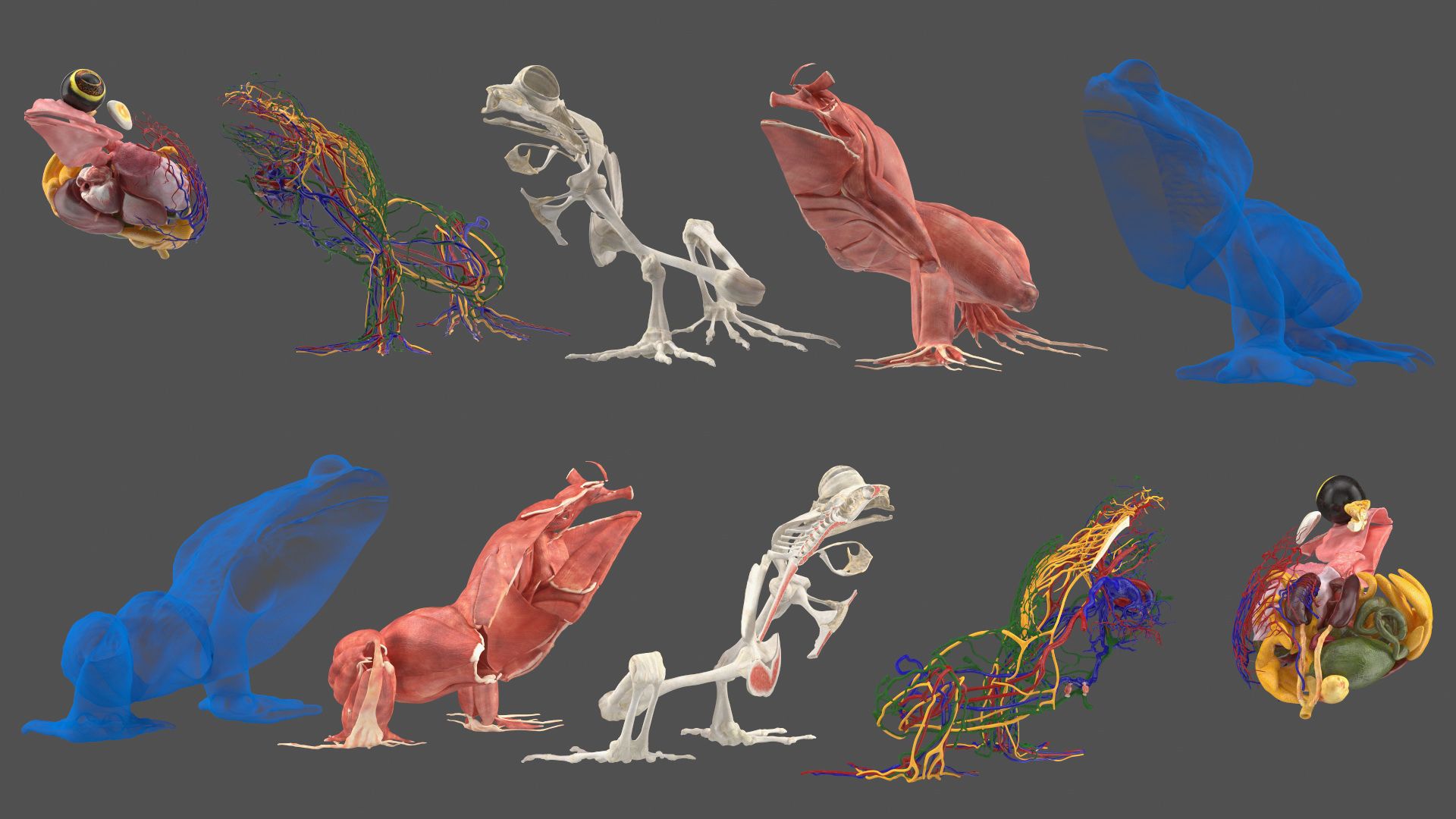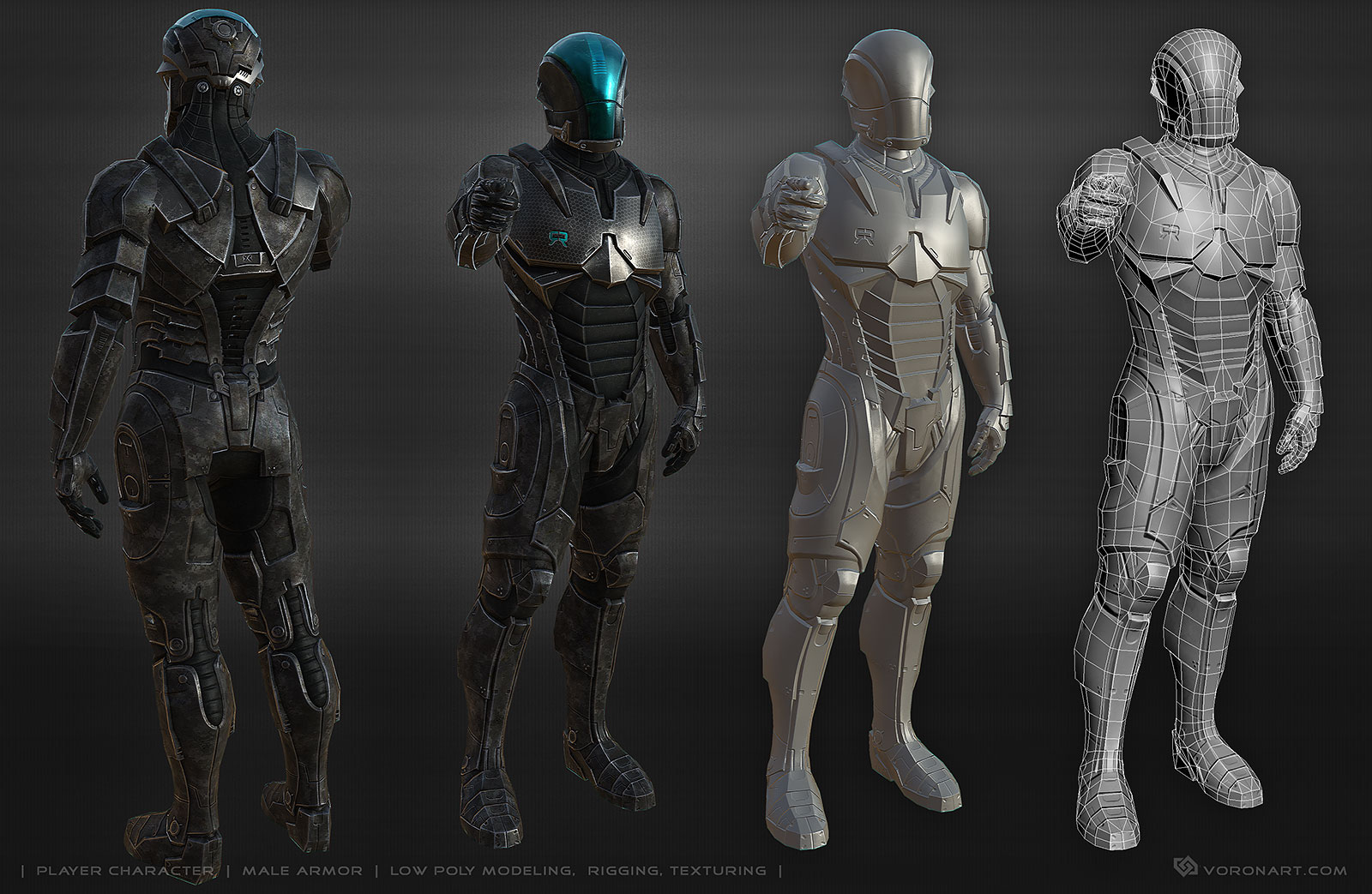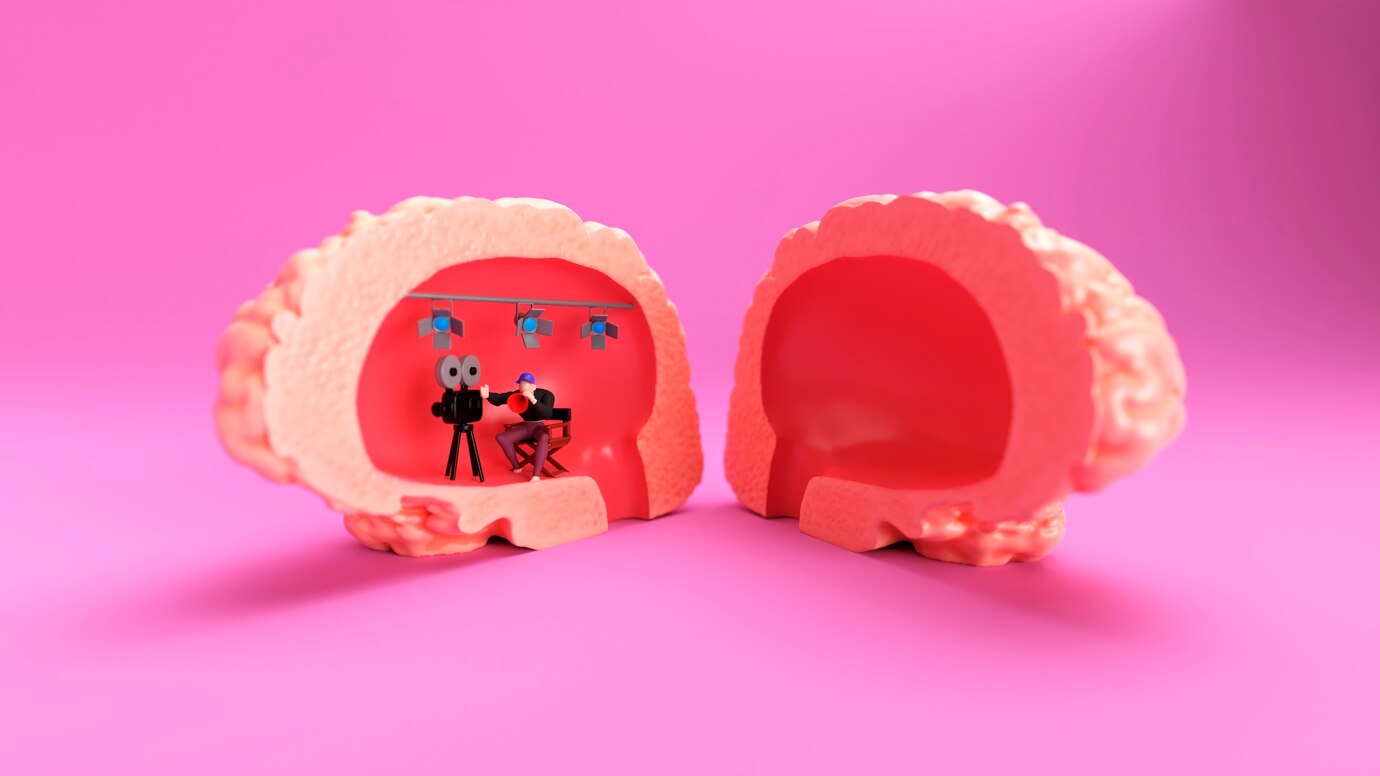
The Intersection of Art and 3D Design: A Deep Dive
Art has always been the expression of human creativity, imagination, and ingenuity−but now, the canvas is no longer just a flat surface. 3D design has emerged as a powerful medium, expanding the boundaries of artistic expression and making art more interactive and tangible. We are going to take a deep dive into the fascinating crossroads of art and 3D design and explore how it is changing the face of creativity.
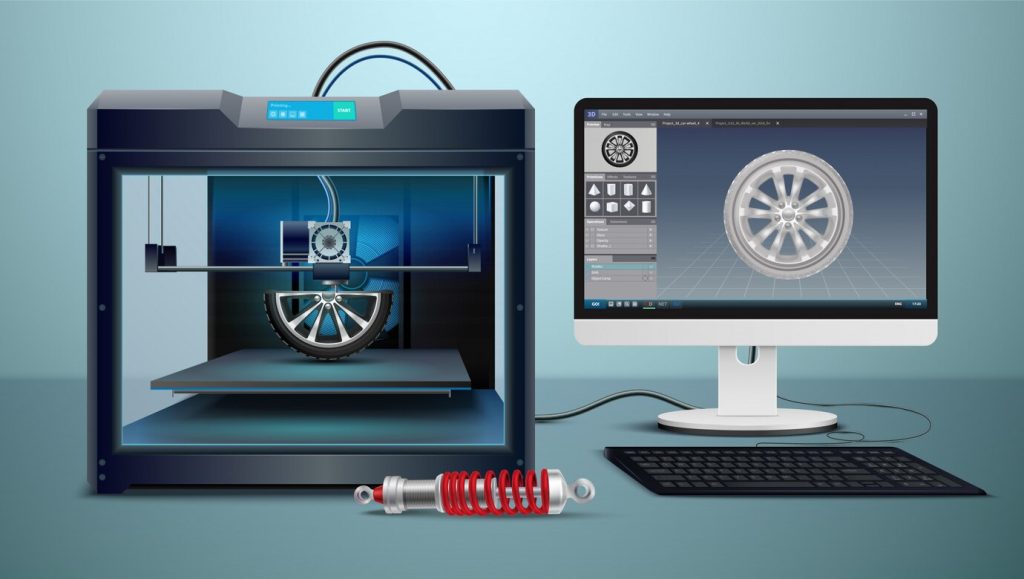
Sculpture Reimagined:
Traditionally, creating sculptures required hours of manual work, often with tools that might confine an artist’s expression. However, 3D design and printing technology has opened new avenues, offering the capability to form intricate and complex designs with precision that matches, if not surpasses, even the finest artisan hands. Artists can now create sculptures digitally, test different variations, and then physically manifest their vision through 3D printing.
Architecture as an Art Form:
3D design is turning architecture into a more expressive and immersive art form. Architects can now craft structures that go beyond conventional designs, using 3D modeling to visualize, edit, and perfect their projects. This not only allows more experimentation but also helps present their intended outcome to clients in a more engaging manner.
Fashion Redefined:
In the wide-stretching field of fashion, 3D design is making waves. Designers are now using 3D modeling to drape virtual garments over digital mannequins−creating, adjusting, and finalizing their designs before ever constructing physical samples. Moreover, 3D printing technologies are being utilized to create unique, complex accessories and even clothing, leading to the rise of a new category of fashion.
Reviving Historical Artifacts:
The potential of 3D design and printing extends to restoring and replicating historic artifacts. With the help of 3D scanning and printing, we can ensure the preservation of cultural relics, make replicas for educational purposes, and even restore damaged artifacts, contributing significantly to global heritage conservation efforts.
Interactive Art Installations:
With the help of 3D design, art is no longer static. Artists are creating interactive art installations that respond to observers or environmental changes, making art a more immersive, multi-sensory experience. The possibilities are endless−ranging from responsive sculptures to multi-dimensional light installations.
Environmentally Conscious Art:
3D design combined with the principles of digital art is also propelling the movement of environmentally conscious art. Digital designs can be tweaked, adjusted, and perfected before any material is used to create a physical piece. 3D printing can then utilize biodegradable materials or recycled plastics, making the design process less wasteful and more sustainable.
Despite these compelling advances, the intersection of 3D design and art presents its own set of challenges. Access to 3D design software and printing technologies may be limited, especially in regions with inadequate technological infrastructure. Additionally, mastering 3D design often requires training and time, possibly posing a barrier for traditional artists.
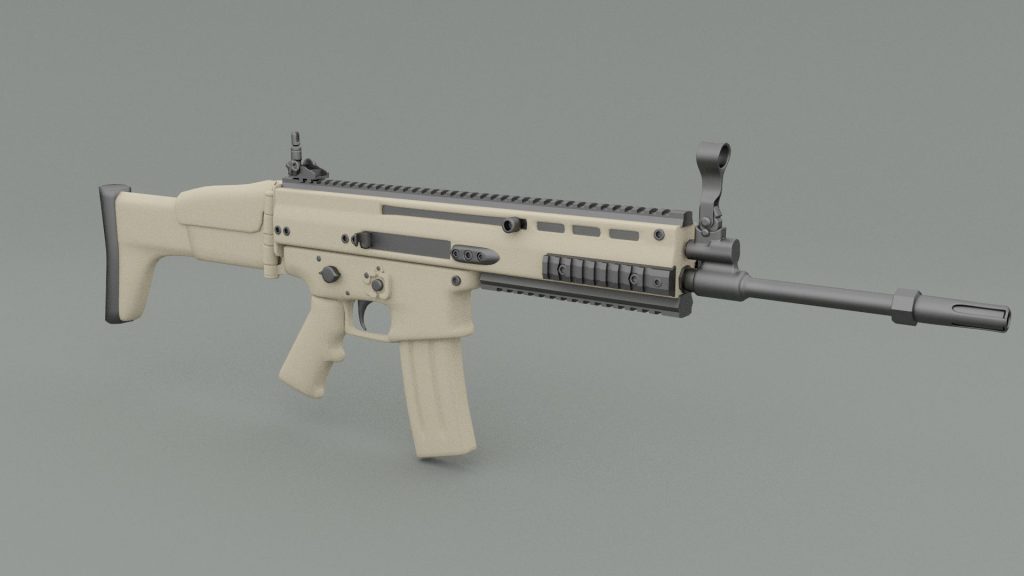
Nonetheless, the intertwining of art and 3D design is undoubtedly reshaping the artistic landscape. As 3D technologies become more accessible and artists continue to experiment within this burgeoning field, we can expect a dazzling array of creative innovations.
The interplay between art and 3D design signifies a monumental shift in how we conceptualize and experience art. It is an exciting epoch where creativity is meeting technology, bridging the chasm between the virtual and the tangible. As artists continue to innovate within this digital new frontier, the line between the physical and the digital is blurring, making art a more multi-dimensional narrative of human creativity.

